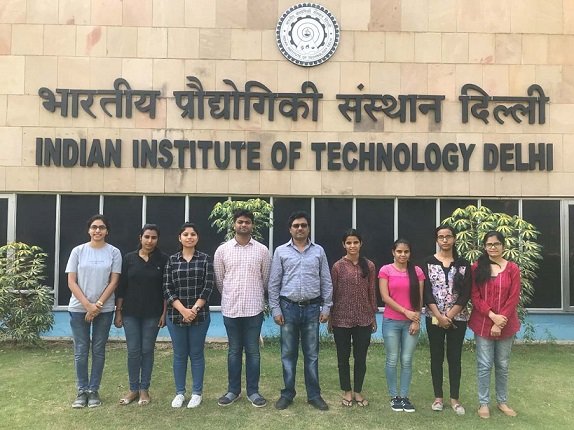Smartphones are increasingly finding their way into the health sector. Researchers at Indian Institute of Technology Delhi have developed a biosensor and a mobile app, which together can be used for bacterial detection.

One can fit the biosensor in front of mobile camera and images captured by camera are sent to the mobile app called “colorimetric detector” developed by the team, for analysis. As live bacterial presence causes the biosensor surface colour to change into black, mobile app measures the relative change in surface colour.
Once it reaches a set point, the mobile phone vibrates and gives a red signal. This makes detection easy, portable and perhaps cost effective.
Researchers have tested the biosensor with four bacterial strains – Escherichia coli, Pseudomonas aeruginosa, Bacillus subtilis and Staphylococcus aureus. They also prepared a separate ampicillin antibiotic resistant culture of Escherichia coli for testing. In order to verify results, they used existing methods like fluorescence microscopy and ‘colony forming unit’ counting.
The results showed that the mobile-app based biosensor could distinguish live and dead bacteria within six hours as compared to conventional methods, which take about 16 to 24 hours.
The biosensor relies on hydrogen sulfide gas produced by microorganisms. It is a gaseous signaling molecule that transmits biological signals in living system. In the heart of the biosensor are silver nanorod sensors that react with hydrogen sulfide to form black coloured silver sulfide.
The colour and water wetting properties of silver nanorods change when exposed to microbes, while dead ones do not do any such thing.
This is a India Science Wire Story, edited by Clean-Future Team






